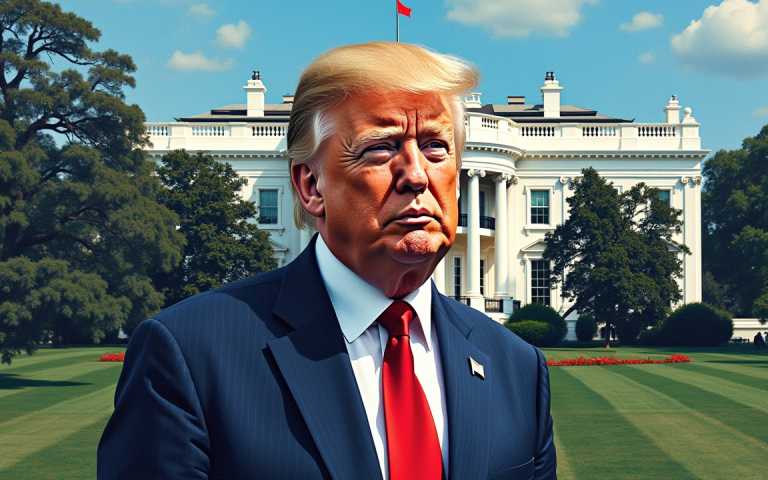The White House on Wednesday ordered federal workers to return to their posts on Thursday, officially marking the end of the longest government shutdown in US history after 43 days of closures, furloughs, and halted public services.
The directive followed President Donald Trump’s signing of a temporary funding bill late Wednesday night, reopening the federal government through January 30.
“Therefore, agencies should take all necessary steps to ensure that offices open in a prompt and orderly manner on November 13, 2025,” the White House Office of Management and Budget (OMB) said in a memo.
“Employees who were on furlough due to the absence of appropriations should be directed to return to work on November 13.”
Roughly 600,000 federal employees had been furloughed during the shutdown, which began on October 1.
The stoppage shuttered hundreds of government offices, delayed federal payments, and froze billions of dollars in salaries and contracts.
A slow restart after six weeks of shutdown
The end of the shutdown will not immediately restore normal operations.
Federal agencies are expected to face logistical hurdles as they attempt to restart frozen programs and address massive backlogs.
Transportation Secretary Sean Duffy told reporters earlier Wednesday that he anticipated it could take up to a week to lift certain flight restrictions at major airports, which had been imposed as air traffic controllers and safety personnel went unpaid during the standoff.
Many agencies had issued contingency plans before the shutdown, allowing managers to give employees flexibility in returning to work.
These include the liberal use of accrued leave, comp time, or telework arrangements—a policy the Trump administration had previously discouraged.
The US Department of Agriculture, Transportation Security Administration, and Internal Revenue Service are among the agencies facing the largest operational disruptions, with delays in food aid programs, travel oversight, and tax processing expected to persist in the near term.
Shutdown’s economic toll
The shutdown has taken a visible toll on the US economy.
The Congressional Budget Office (CBO) last month projected that a six-week government closure could reduce real GDP growth in the current quarter by 1.5 percentage points.
Economists warned that the ripple effects—ranging from delayed government contracts to reduced consumer spending among unpaid workers—could linger even after offices reopen.
Analysts estimate that the shutdown froze billions in public payments, affecting industries from aviation to food assistance.
The funding lapse also paused critical data releases from federal agencies, including key inflation, labour, and manufacturing indicators.
With operations resuming, those reports are expected to restart in the coming weeks, providing a clearer picture of the shutdown’s economic drag.
Longest shutdown on record
The 43-day closure surpasses the previous record—35 days during the 2018–2019 Trump administration shutdown—making it the longest in US history.
Over its course, the shutdown halted food aid to millions of households, cancelled thousands of flights, and delayed government contracts, while federal workers missed more than a month of pay.
While Washington begins the slow process of reopening, economists and policymakers alike are already assessing the long-term consequences of a political standoff that froze the world’s largest economy for nearly a month and a half.
The post White House orders federal employees back as record shutdown ends appeared first on Invezz

